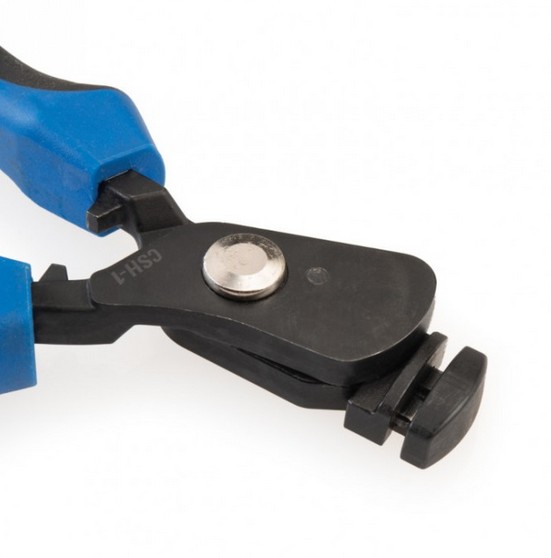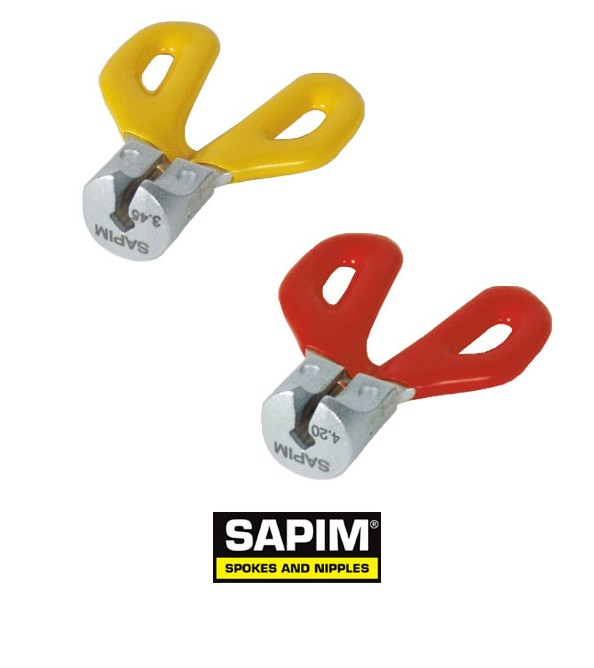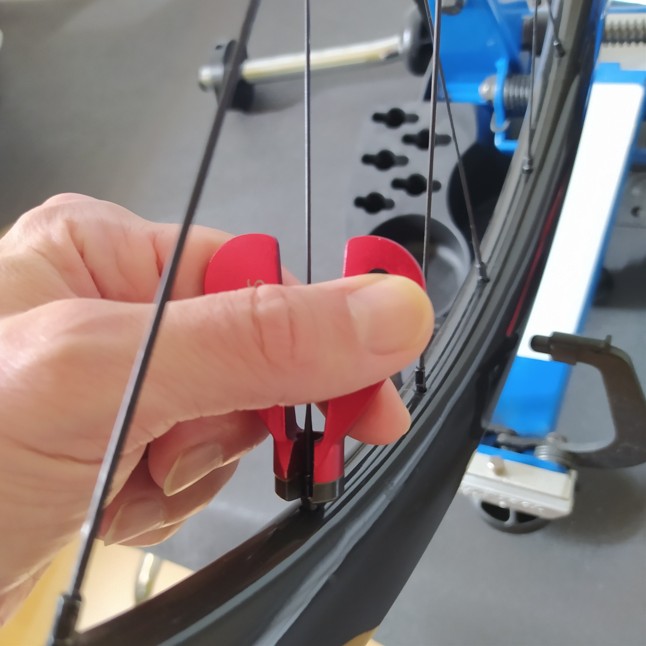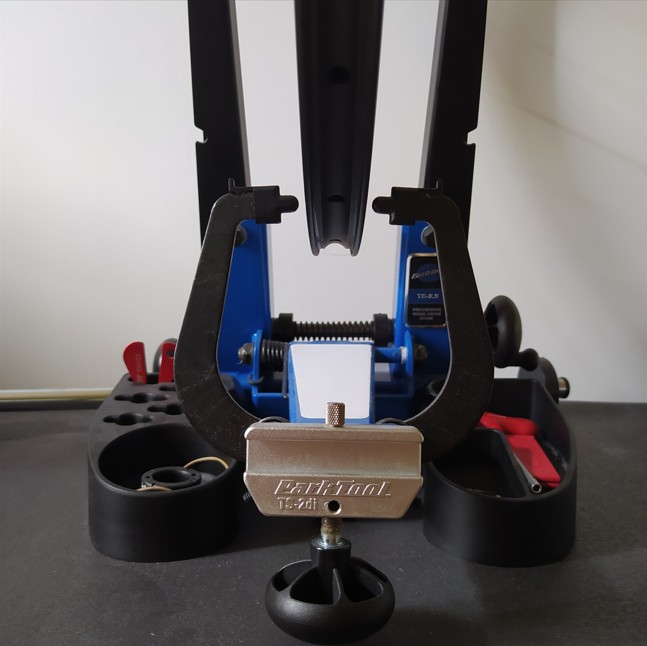How do I remove a bicycle wheel side-to-side wobble quickly ?
Introduction
A wobble wheel immediately complicates cycling, causing friction, vibration and loss of comfort. At the first sign of deflection, it’s vital to act quickly. This article guides you through the troubleshooting process of removing the wheel wobble, with a minimum of tools and no need for a centering bench. You’ll learn a clear, sophisticated method that can be applied both in the workshop and in the field. You’ll discover how to pinpoint the haze, adjust spoke tension progressively and check the result effectively. Thanks to this tutorial, you’ll gain in autonomy and peace of mind during your cycling outings. But beware: this is a delicate operation which requires a great deal of patience and a certain amount of skill
5-step method for truying a bicycle wheel
Step 1 – Preparation and visual reference
To begin your intervention, gather together a nipple wrench adapted to your rim material (14G nipples, i.e. 3.45mm wide, are the most common) and a visual indicator. A flat spoke holding tool may be necessary if you’re using aero spokes. In full dismount, a clamp (rislan type) or a simple piece of tape attached to your frame about a millimetre from the rim does the trick. Place this marker opposite the contact point, on the chainstay side. Then position your bike so that you can turn the wheel smoothly. This preparation will enable you to fix a bicycle wheel wobble side-to-side with precision, as your marker will let you know exactly when the rim is rubbing and where you need to intervene.
NB: If you have wheels with internal nuts, it’s best to carry out the work at home. You’ll need to disassemble the wheel concerned, the tire and the rim tape before proceeding as follows. A special wrench is also required.

Step 2 – Precise location of the wobble
Once the reference point is in place, turn the wheel slowly by hand. Look carefully at the point where the rim touches the mark. This area corresponds to the rim’s lateral deviation. If you also notice a vertical irregularity, it’s a jump. Take the time to repeat the operation several times to confirm the exact area to be treated to check and fix the lateral truing. Precise localization is essential to control the setting and avoid creating secondary defects
Step 3 – Progressive spokes adjustments
Fix the wheel wobble side-to-side relies on adjusting spoke tension. Each spoke ends in a nut which can be tightened or loosened (tightening is preferred). To correct a haze, identify three or four spokes around the problem area. Turn the nipple clockwise by a maximum of 1/4 turn (1/8th recommended), with the outside of the rim facing you. Then release the tension and turn the wheel again. Observe the effect: if the rim comes closer to the mark, your setting is correct. If the effect is the opposite, repeat the same operation in the other direction. This progressive method allows you to safely fix a bicycle wheel lateral wobble, without the risk of spoke breakage or excessive deformation.

Step 4 – Wheel’s roundness correction and homogenization
After reducing the lateral wobble, your wheel may still show a lack of roundness, i.e. a radial bump or dip. To correct this, select two spokes located vertically above the bump. Tighten them slightly to fill the excess, or loosen them a little to fill a hollow. Again, do not exceed a quarter-turn per adjustment. Once you’ve reduced the hop, even out the tension on all the spokes. Pinch two adjacent spokes in pairs to check their firmness. They should offer similar resistance. This final homogenization is crucial to stabilizing your set-up and ensuring that you’ve completely fixed a bicycle wheel lateral wobble.
If you’re looking for tools, parktool has a complete range of tools to perform all kinds of mechanical operations on your bike with precision.

Step 5 – Final check and reassembly
To complete the operation, turn the wheel quickly, making sure it no longer rubs against the indicator or the sides. If necessary, make minor adjustments. Next, refit the tire and inner tube (if previously disassembled), then tighten the axle to the torque recommended by the manufacturer. Squeeze your brake lever to check the final centering. Finally, carry out a short road test on a flat profile to confirm the wheel’s smooth rotation and stability. You’ll then be able to see that you’ve been able to adjust a bicycle wheel’s side-to-side wobble efficiently, with very few tools.
Preventive tips and best practices
To avoid this type of intervention, we strongly recommend that you have your spoke tension checked regularly (5000km). Avoid violent shocks, which quickly unbalance the rim. In addition, periodic maintenance by a professional, including mounting and centering on a bench, will ensure even tension and extend the life of your rim. Always keep a small spoke wrench (and spoke-retaining tool if necessary) and a visual indicator in your pannier: these tools are all you need to fix a wobbling wheel and continue on your way in complete safety.
You are a GOAT Wheels customer and would like to have your wheels serviced? Discover our wheel maintenance/servicing package.
Conclusion
Mastering the art of fixing a bicycle wheel side-to-side wobble is an essential skill for any cyclist concerned about their autonomy and the reliability of their equipment. These five steps provide you with a rigorous protocol that combines simplicity and efficiency. Don’t wait until the lateral deviation becomes too pronounced to take action: a quick, light adjustment will prevent premature wear and tear on your components, and guarantee your safe return home. With this GOAT Wheels tutorial, you’re now ready to take action at any time to bring your wheel back into alignment.
Find more practical tutorials, tips and advice in our blog.

